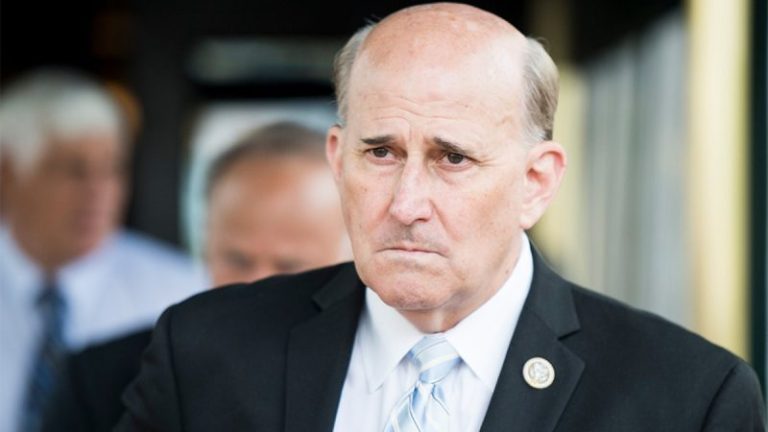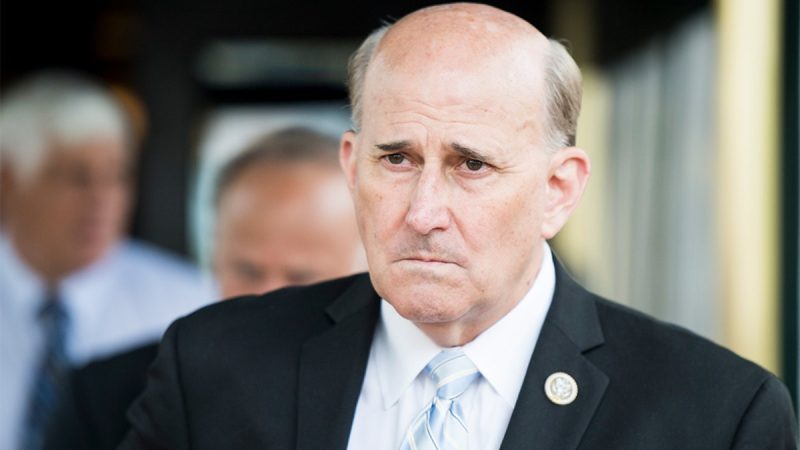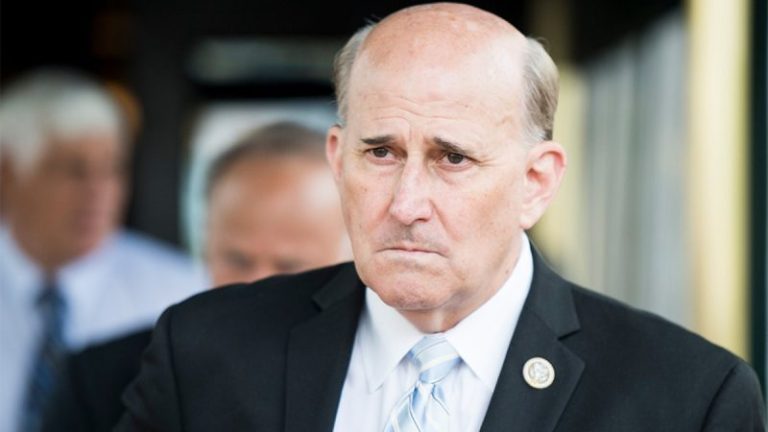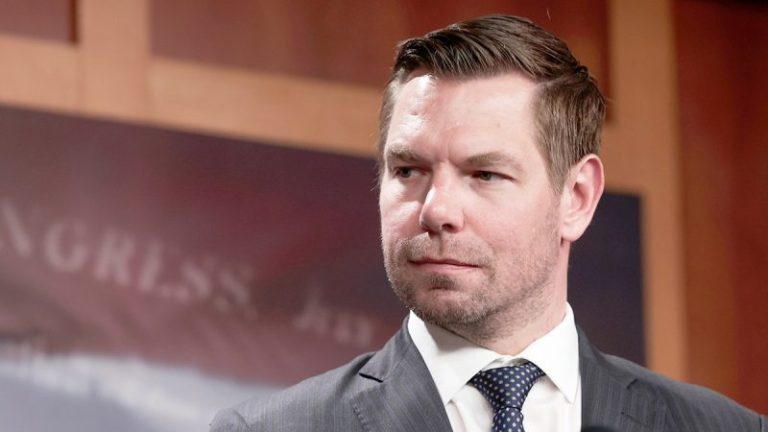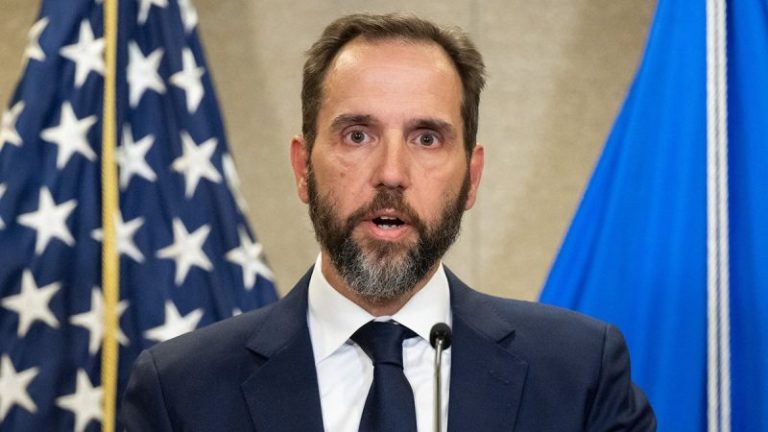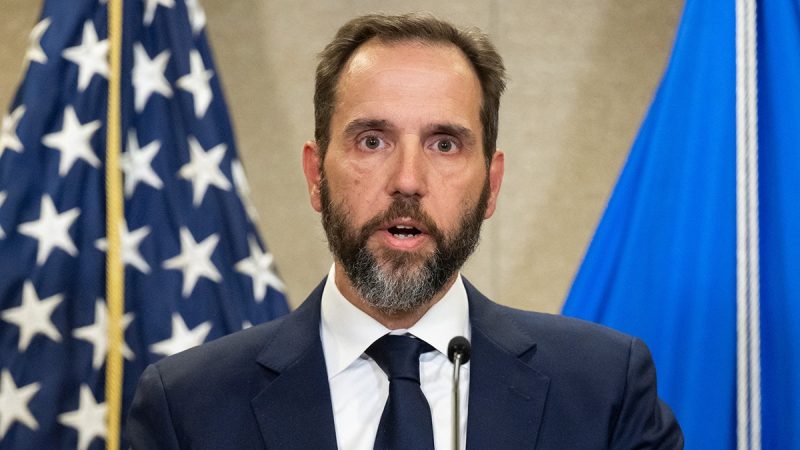

Mid-tier precious metals producer Americas Gold and Silver (TSX:USA,NYSEAMERICAN:USAS) continues to grow its North American footprint with its intended acquisition of privately owned Crescent Silver.
The two companies inked a US$65 million binding purchase agreement on Thursday (November 13). It includes the past-producing, fully permitted Crescent mine in the Idaho Silver Valley.
Known as “the silver capital of the world,” the region is well known for its immense production of silver, lead and zinc, as well as significant amounts of copper and antimony.
Within this prolific mining district, the Crescent mine is sandwiched between the historic Sunshine and Bunker Hill mines and is just 9 miles from Americas’ Galena complex, an active silver, lead and copper operation.
“The mineralized material at Crescent is the same silver-copper-antimony tetrahedrite material currently processed at Galena,” notes the company’s press release.
The deal comes just one week after the US Geological Survey officially added silver to its list of critical minerals in recognition of the metal’s growing importance to American economic and national security.
Substantial infrastructure is already in place at Crescent, which has a historic 2015 preliminary economic assessment demonstrating the potential to produce 1.4 million to 1.6 million ounces of silver annually.
“Crescent has the potential to be fast tracked into our growing production profile alongside Galena, allowing us to leverage our strong operations team located in the Silver Valley,” said Americas Chair and CEO Paul Andre Huet.
Management believes the company can begin adding feed from Crescent to the Galena mill and generating cashflow from these activities as early as mid-2026. Americas’ team sees plenty of upside on the Crescent property as less than 5 percent of the landholding has been explored, with only two veins delineated for production. In 2026, the company plans to launch a US$3.5 million drill program to test multiple targets both at surface and underground.
The Crescent acquisition includes US$20 million in cash alongside approximately 11.1 million common shares of an equity position in Americas valued at approximately US$45 million.
To cover the cost of the purchase, Americas initially announced it would be conducting a concurrent US$65 million bought-deal private placement via an agreement with Canaccord Genuity and BMO Capital Markets.
Shortly after that news, the company said it was increasing that private placement to US$115 million on strong investor interest. Eric Sprott, Americas’ largest shareholder, will participate in the financing.
“The addition of the Crescent Mine, while potentially improving the project profile of the Company, provides additional synergies only available through rational consolidation and is a transaction that leverages the strength of Paul’s strong operating team in the Silver Valley,” said Sprott, a well-known financier in the mining industry.
Earlier in the week, Americas Gold & Silver published its financial and operational results for Q3. Its consolidated silver production was up 98 percent year-on-year and 11 percent quarter-on-quarter, while its consolidated revenue, including by-product revenue, jumped by 37 percent compared to the same quarter last year to US$30.6 million.
Securities Disclosure: I, Melissa Pistilli, hold no direct investment interest in any company mentioned in this article.







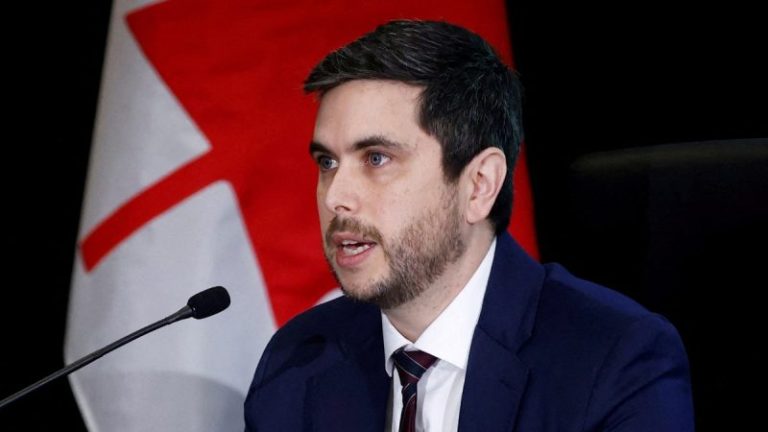
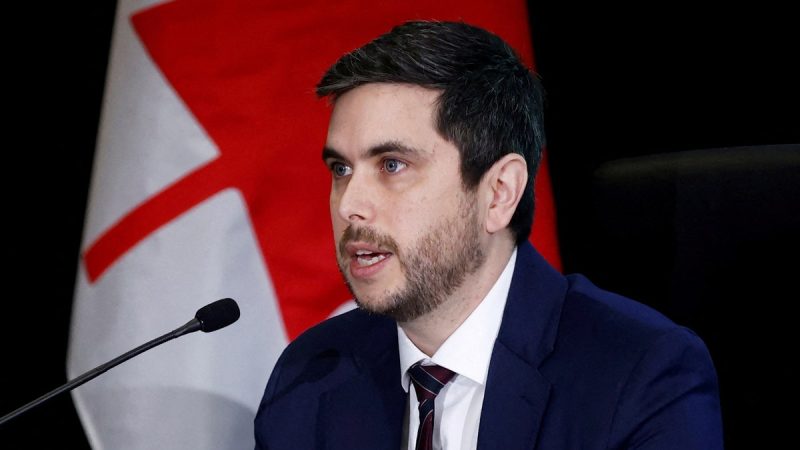


 Cyprium Metals (CYM:AU) has announced Senior Loan Facility Refinanced with Nebari
Cyprium Metals (CYM:AU) has announced Senior Loan Facility Refinanced with Nebari